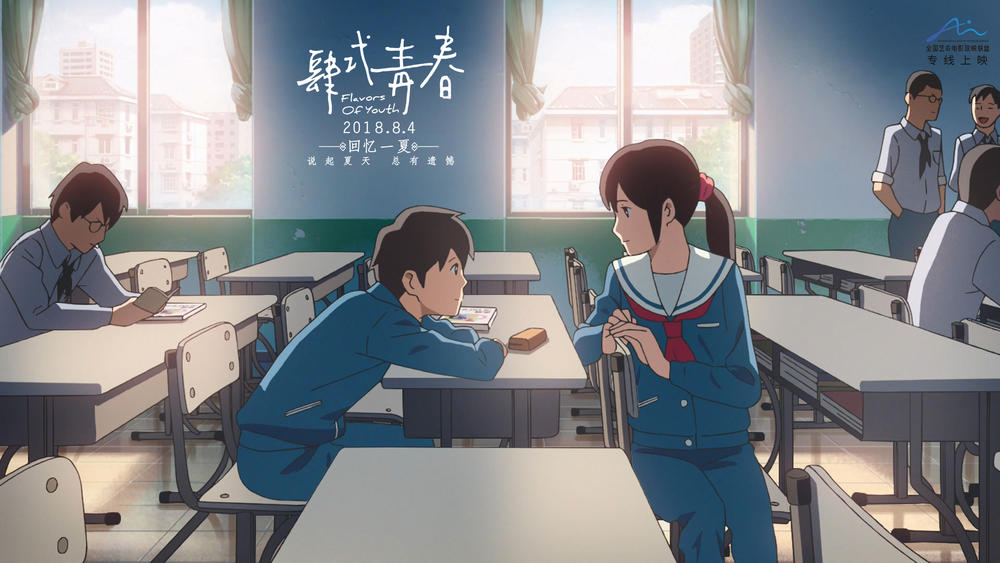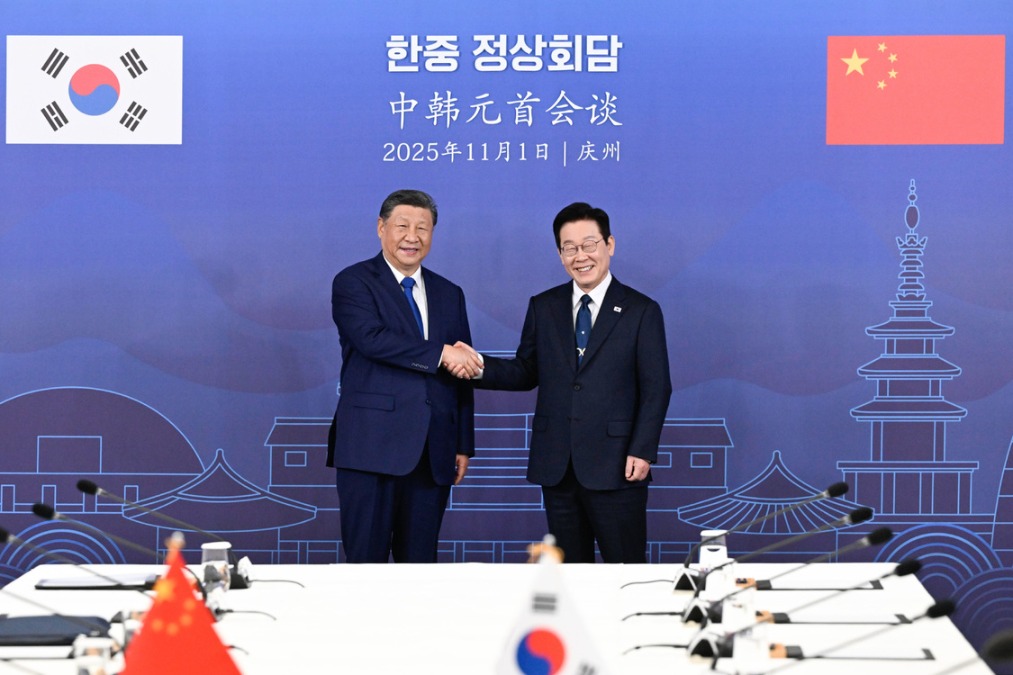Animation industry targets overseas audiences
By YANG HAN | China Daily | Updated: 2019-06-13 07:50

On the other hand, Song, from the National Animation Creative Research and Development Center, said, "Chinese TV animation programs are better disseminated than animation films."
More than 1,400 hours of TV animation works were exported in 2016, with the value exceeding 36 million yuan, Song said. "But on the other hand, the animated films that have been shown overseas are 'rare', and usually don't do well at the box office," he added.
Song said it is still too early to equate the popularity of Chinese animation works with the number of licensing and broadcasting projects, and the industry in the country is undergoing a transition period from the novelty market to the mass market.
"It is good that many animators, whether consciously or unconsciously, seek their foundations and sources from traditional Chinese culture," Song said.
Van Eyken, from the Asia-Pacific Animation Association, said it is an advantage for Chinese animation to remain authentic, but it is also a challenge for these stories to be globally recognized.
Even though he travels regularly to China, Van Eyken said he still finds it difficult to understand the metaphors used in Chinese animation because "they are so culturally specific".
Gordon Chin, CEO and producer of Puzzle Animation, in Shenzhen, Guangdong province, agreed, adding that the company's most popular animation series in China, Ori-Princess, about the adventures of a princess during the Qing Dynasty (1644-1911), was also the most difficult to export.
In contrast, Puzzle Animation's AI Football GGO, a show about Chinese soccer players competing around the world, was first released in South Africa before gaining popularity at home.
At the time, local TV station ETV was looking for a soccer-related animation series to coincide with the 2010 FIFA World Cup soccer tournament in South Africa. Chin said the company won the contract over a studio from Japan, because M&C Toy Centre, a company owned by his father, had a long-term partner in the local market, and this helped greatly with smooth communication.
"ETV was very suspicious about our series, because only a few Chinese animation works were exported 10 years ago, and our negotiations took six months to finalize. But last year, when we released the second season of AI Football GGO, I could feel that they really wanted the series," Chin said. AI Football GGO has since been distributed to more than 40 countries.
Fantawild's Shang, said, "Localization is an important part of globalization," adding that in addition to cooperating with local distribution companies, creating posters in local languages and styles is also a must.

Shang said that while hiring professional in-house voice actors from English-speaking countries, the company's dubbing team also helps with the creation and adaptation of the content to match the culture in the target market. For a hit series such as Boonie Bears, episodes and films are available in many languages, including Spanish, French and Portuguese.
Chin, from Puzzle Animation, said it is important to build up the brand image of Chinese animation works and unleash the market potential, adding that the overseas success of its animation series has resulted in substantial profits in toy sales related to its work.
"Take the Vietnam market for example," Chin said. "Our annual sales of toys there might be just $50,000 per year, but together with the promotion of our World Peacekeepers series in the country, the figure could rise to $300,000."
Puzzle Animation exports its work through its sister company Asia Animation in Hong Kong, and is aiming to export the World Peacekeepers series to the US market this year, Chin said. From this year, the Hong Kong company will become a platform for exports of high-quality Chinese animation work overseas.
Fantawild's Shang said the company aims to explore new intellectual property with strong Chinese characteristics and greater international appeal. This summer, the company will release the animated feature Realm of Terracotta.
"Terracotta is a Chinese cultural symbol that is well-known internationally, which might make it easier to promote the movie overseas," Shang said. "At the same time, we invited award-winning US scriptwriters to collaborate with us on the creation of the story, to improve the work's quality and international appeal."
The brand image and aesthetic concept of Chinese animation will gradually grow with more and more works and animators going overseas, Song said. Chinese companies need to find a shared style, similar to how Japanese animation is known for its kawaii (cute) big eyes, and how US works can be recognized immediately for their strong style, he said.
"The future is bright," Song said, adding that the export market accounted for nearly 50 percent of the entire Japanese animation industry in 2017, indicating there is great potential for Chinese companies to increase their exports.
"Growth of the Chinese animation industry very likely lies in the overseas market," Song said.
Van Eyken, from the Asia-Pacific Animation Association, is also optimistic. He said China is a huge country with a vibrant animation industry, and he thinks it will not be long before it tells China's story to the world.
























